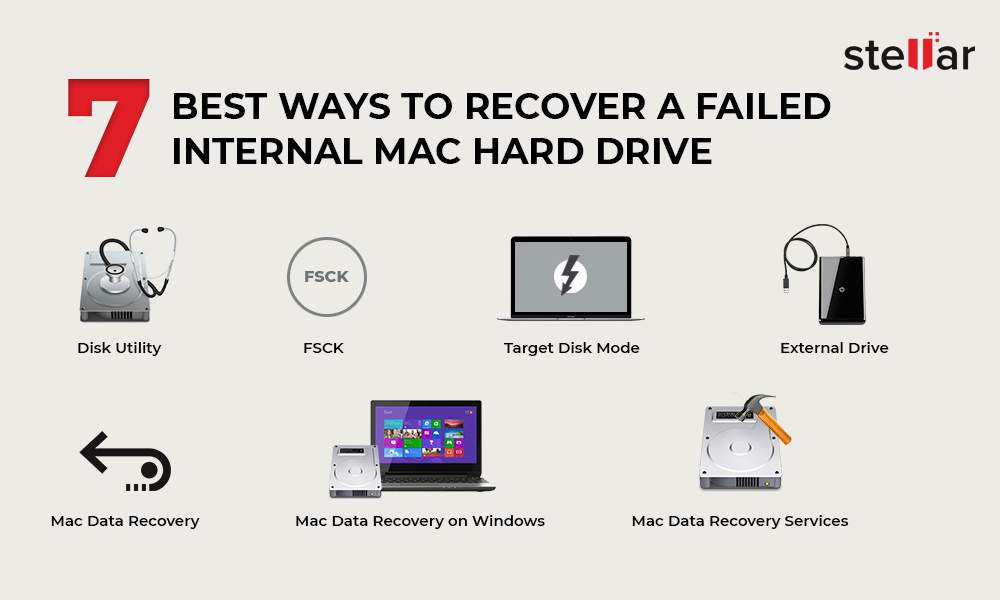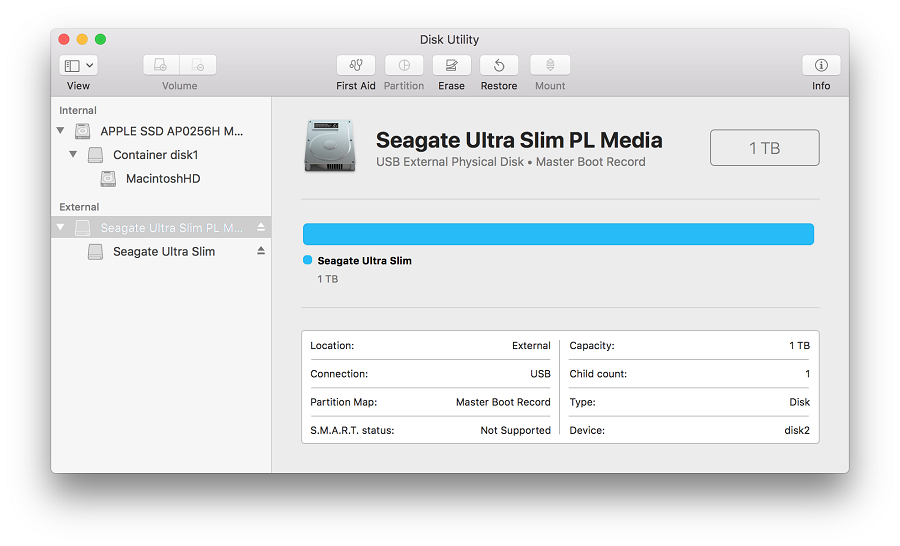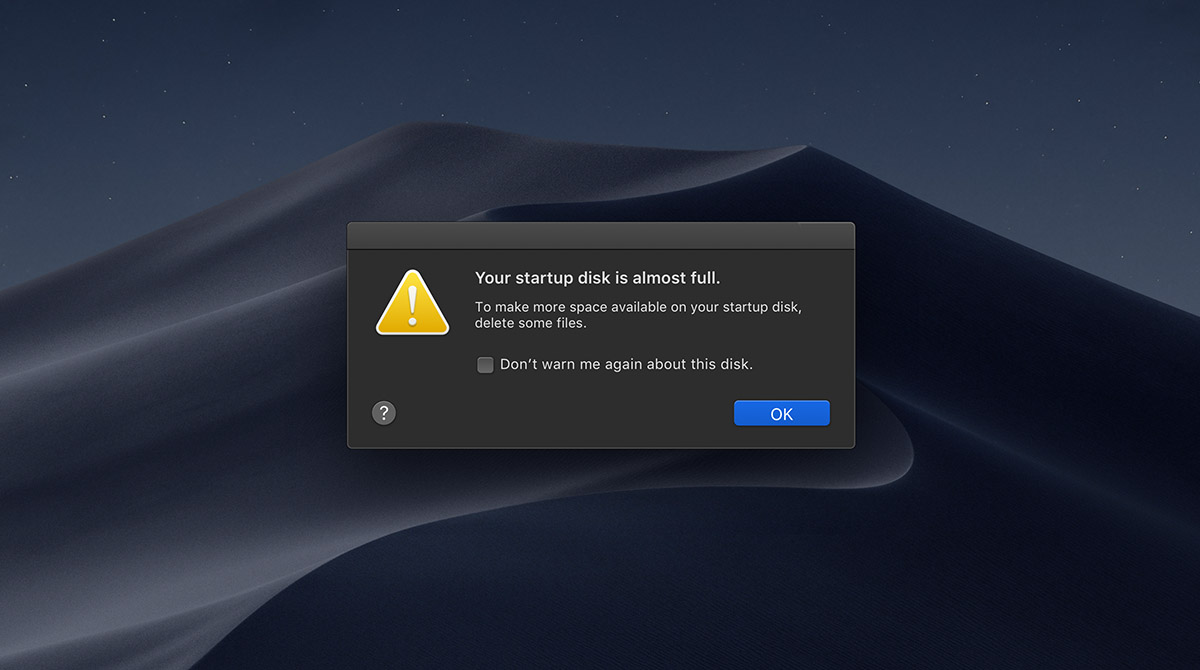Set the default startup disk You can change the startup disk your Mac automatically uses from System Preferences. From the Apple menu choose System Preferences. Click the Startup Disk icon in System Preferences, or choose View Startup Disk. Open Disk Utility In general, you can just open Disk Utility from the Utilities folder of your Applications folder. However, if your Mac doesn't start up all the way, or you want to repair the disk your Mac starts up from, open Disk Utility from macOS Recovery. Check Your Trash. It may sound elementary, but we frequently delete files and forget to empty the. I tried to start up my computer and got a flashing file with a question mark. So I held down the ⌥-key on boot and brought it into recovery-mode. After going through the different options I went to the disk utility and all I see is the grayed out SuperDrive and below there is disk0 and Mac OS X Base system.
- Macbook Air Startup Disk Download
- Disc Utility Imac
- Start Up Disc Utility Disc For Mac Book Air 2
- Disk Utility Macbook Air


These instructions apply only to Mac computers with an Intel processor.
Erasing your Mac permanently deletes all of its files, so make sure that you make a backup of any files that you want to keep. If you're attempting to restore your Mac to factory settings, first learn what to do before you sell, give away, or trade in your Mac.
Start up from macOS Recovery
Turn on your Mac, then immediately press and hold these two keys until you see an Apple logo or other image: Command (⌘) and R. You may then be asked to select a user you know the password for. Select the user, then click Next and enter their administrator password.
Use Disk Utility to erase your disk
- From the utilities window in macOS Recovery, select Disk Utility and click Continue.
- Select Macintosh HD in the sidebar of Disk Utility. Don't see Macintosh HD?
- Click the Erase button in the toolbar, then enter the requested details:
- Name: Continue to use Macintosh HD as the name, or enter a different name.
- Format: Continue to use APFS or Mac OS Extended (Journaled), as recommended by Disk Utility.
- Click Erase Volume Group. If you don't see this button, click Erase instead.
- If Find My is turned on for this Mac, you may be asked to enter your Apple ID to authorize the erase. Forgot your Apple ID?
- After the erase is done, select any other internal volumes that may be listed in the sidebar, then click the delete volume (–) button in the toolbar to delete each volume.
You don't need to delete the Macintosh HD volume you just erased, or any external volumes or disk images. - Quit Disk Utility to return to the utilities window.
- If you want to start up again from the disk you erased, you should now reinstall macOS on that disk.
If you don’t see Macintosh HD in Disk Utility

Your built-in startup disk should be the first item listed in the Disk Utility sidebar. It's named Macintosh HD, unless you changed its name. If you don't see it there, choose Apple menu > Shut Down, then unplug all nonessential devices from your Mac and try again.
If your disk still doesn't appear in Disk Utility, or Disk Utility reports that the erase process failed, your Mac might need service. If you need help, please contact Apple Support.
Learn more
For more information about using Disk Utility, see the Disk Utility User Guide.

I have been working on this for days... I have tried multiple solutions and none has fixed it yet. I was downloading sierra and it froze. I went online and tried to fix it. In doing so I somehow replaced my Macintosh HD with something (I believe the image). I went online for assistance and tried to delete, partition, you name it.
Macbook Air Startup Disk Download
In Disk Utility: the internal is SATA Internal Physical Volume . Mac OS Extended and directly under is the untitled partition - both of these show much of nothing on them. Disk image has OS X Base System . Disk Image Volume . Mac OS Extended - this has 1.28GB used, meaning to me that this is where my stuff is??
When I bring up my startup disk option, there is nothing there - literally no option.

When i try to recovery using online via Reinstall macOS, I get the circle with a slash through it after a while.
I went into the terminal and entered diskutil list, I can see 5 different disks and the one with an asterisk says GUILD_partition_scheme. The macintosh HD and apple boot recovery are among them as well.
Disc Utility Imac
I seriously do not know what else to do.
Start Up Disc Utility Disc For Mac Book Air 2
MacBook Pro, iOS 10.3.3, im really not sure what os
Disk Utility Macbook Air
Posted on Dec 6, 2017 3:02 PM
